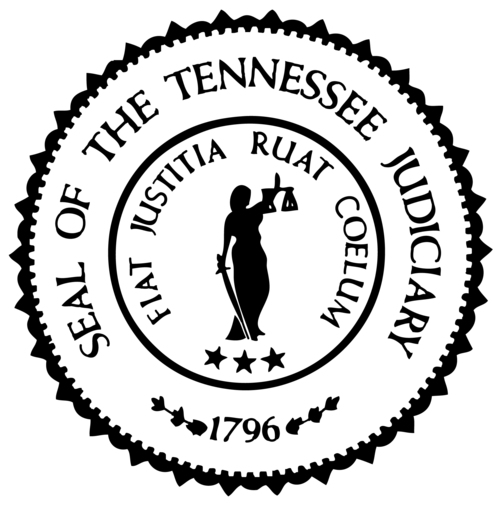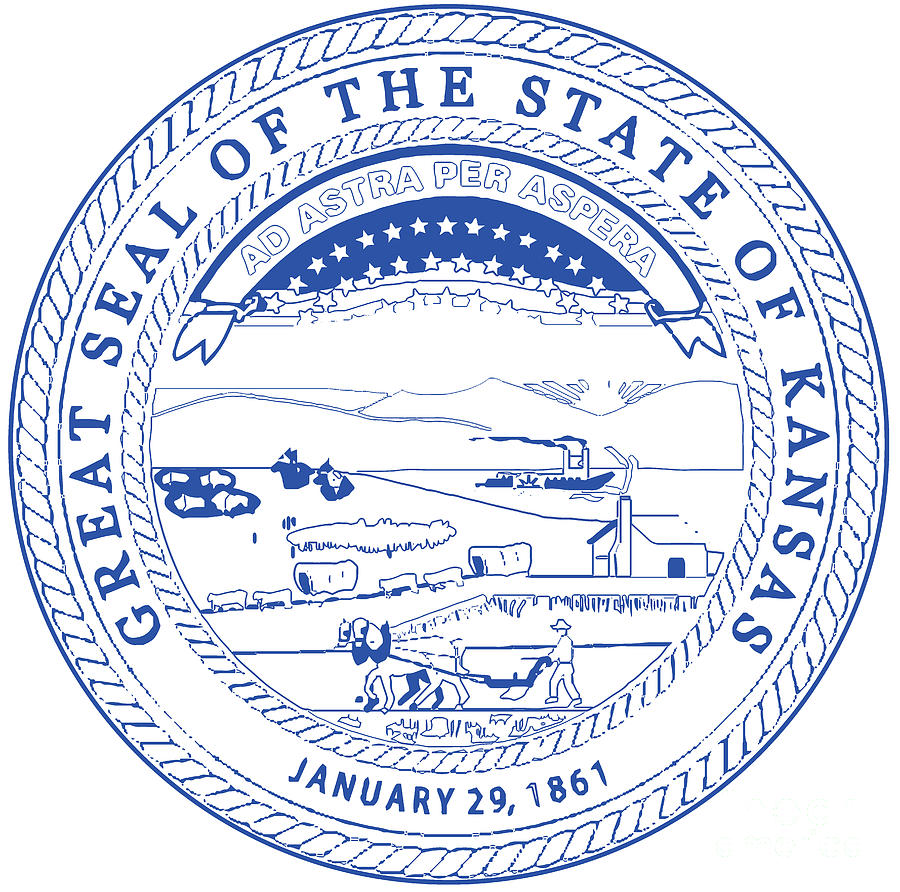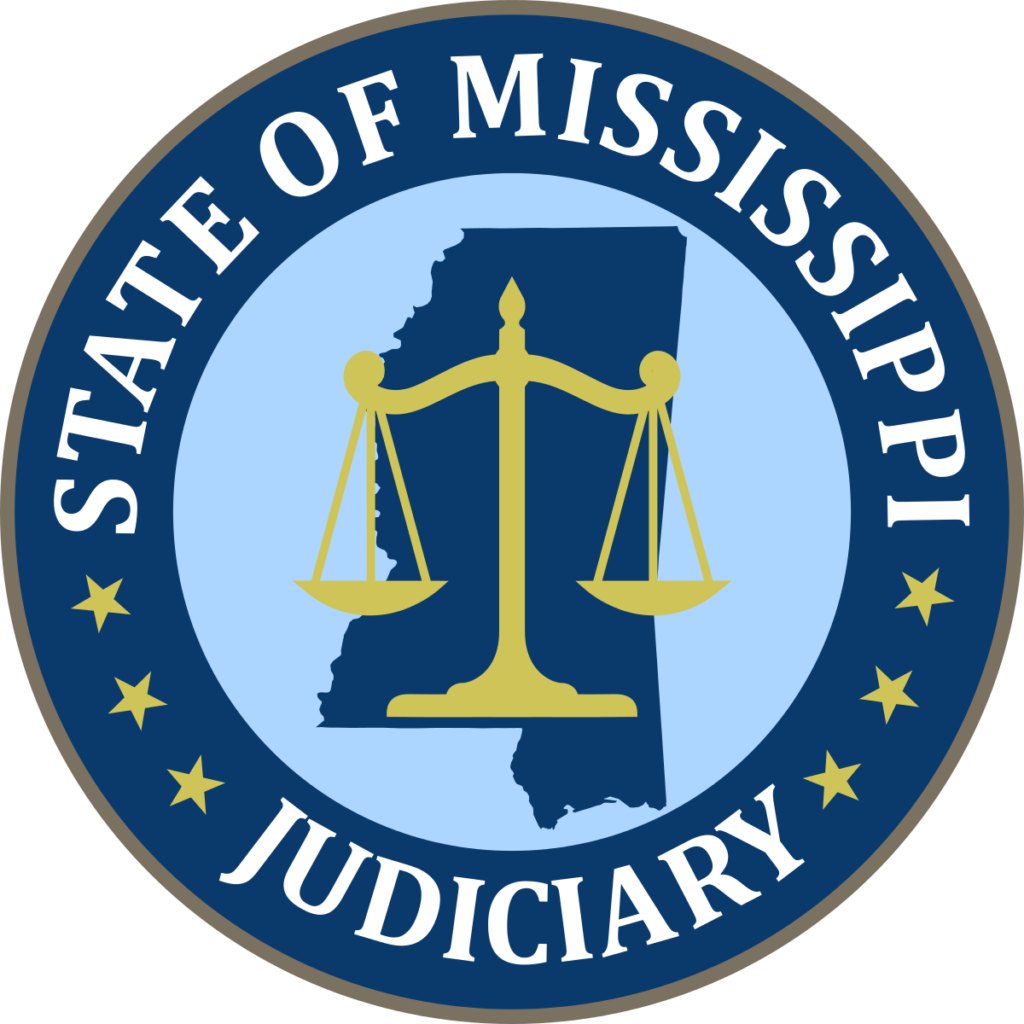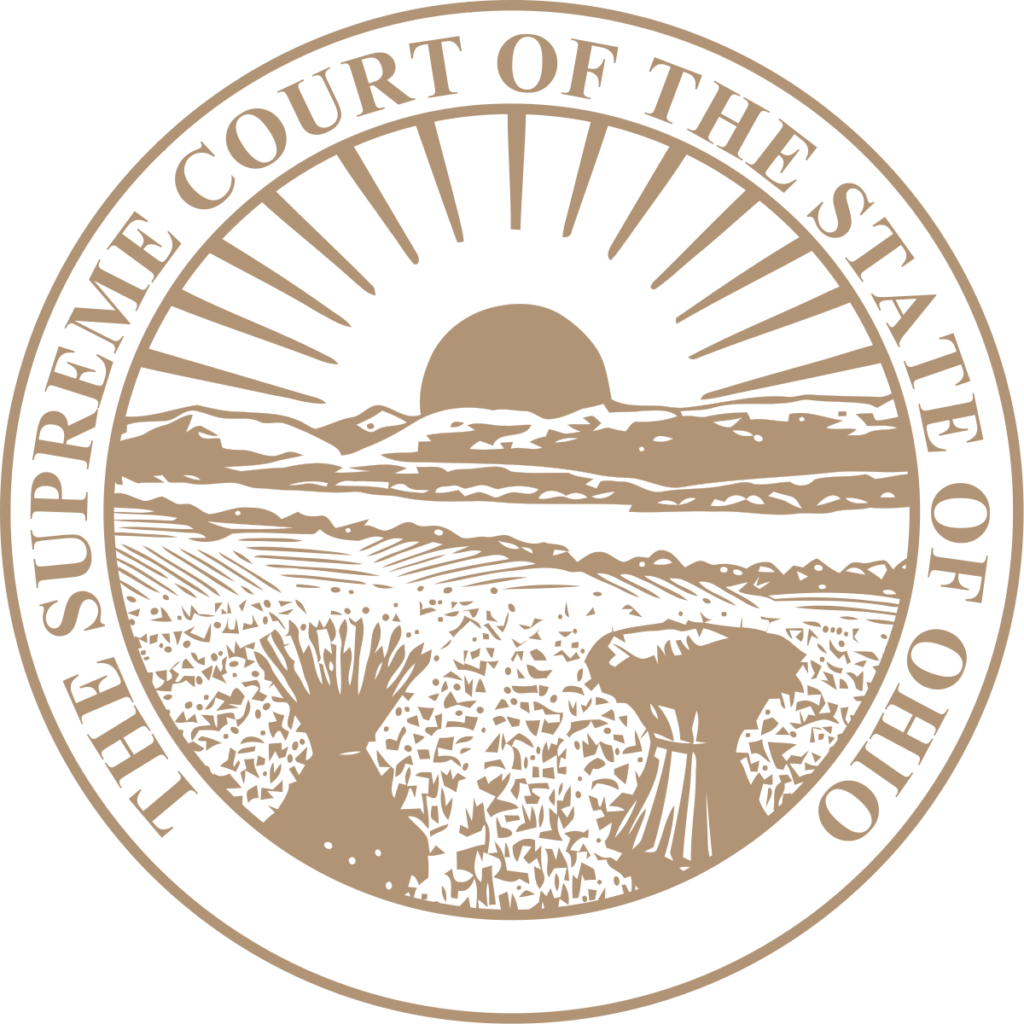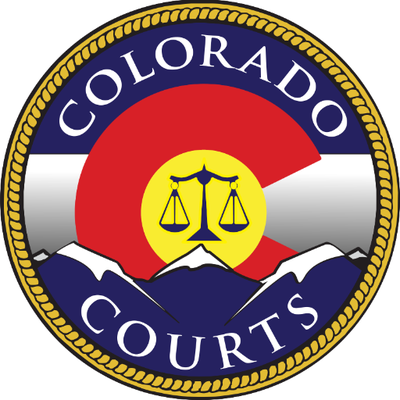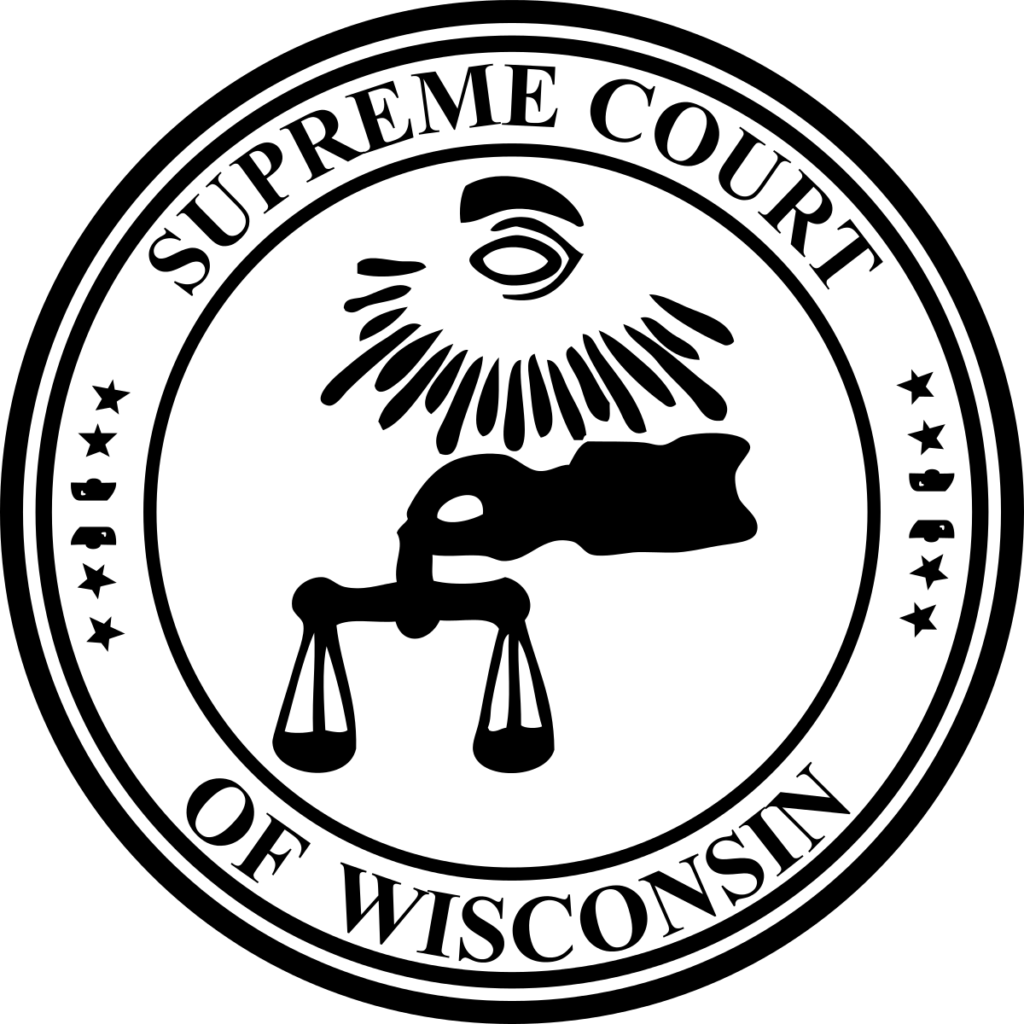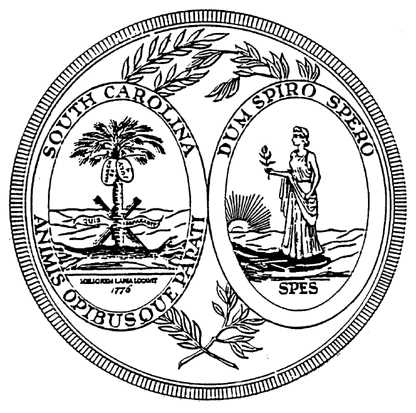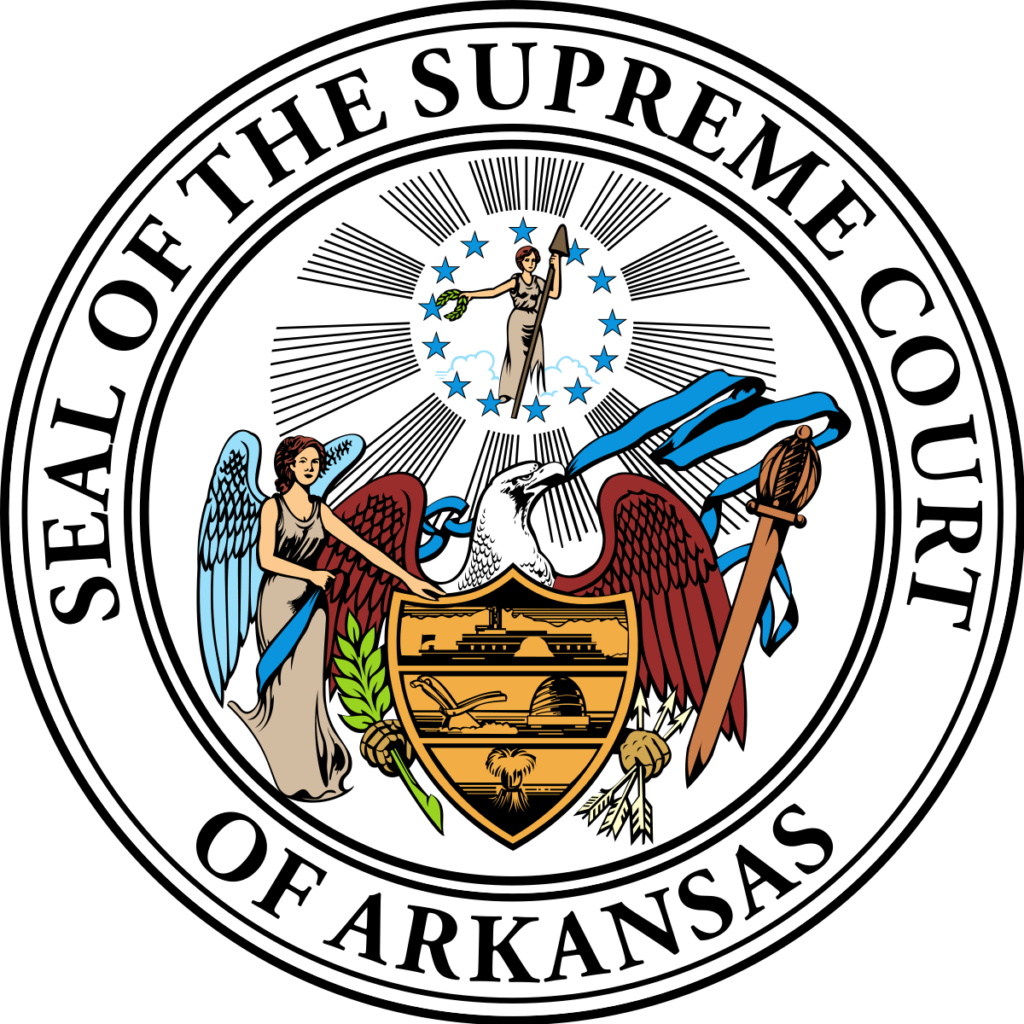Fisher v. Hagett and Lay v. Goins
December 17, 2020Docket Watch 2020
By Jason Torchinsky & Dennis W. Polio
In Fisher v. Hagett and Lay v. Goins, a majority of the Supreme Court of Tennessee vacated an injunction which had temporarily forced the State of Tennessee to provide any eligible Tennessee voter, who applied to vote by mail in order to avoid transmission or contraction of COVID-19, an absentee ballot in that state’s August 2020 and December 2020 elections.[1]
Tennessee, like many other states, requires that registered voters must “qualify” to vote by absentee ballot. Qualified absentee voters in Tennessee include persons that are over 60 who are hospitalized, ill, or disabled; individuals younger than 60 who are unable to appear at their polling place on election day because of being hospitalized, ill, or physically disabled; or persons who are caretakers of a hospitalized, ill, or disabled person.[2]
The plaintiffs in both cases, which were heard together and decided in a single opinion, included registered Tennessee voters who wished to vote by mail in the August 2020 and November 2020 elections due to the COVID-19 pandemic, but who did not satisfy Tennessee’s eligibility requirements for doing so.[3]
On June 4, 2020, the trial court, the Chancery Court for Davidson County, Tennessee, issued its “Memorandum and Order Granting Temporary Injunction to Allow Any Tennessee Registered Voter to Apply for a Ballot to Vote by Mail Due to COVID-19.”[4] The trial court applied the Anderson-Burdick framework the U.S. Supreme Court has developed for election law challenges and held that, during the unique circumstances of the pandemic, the state’s interpretation of the eligibility criteria constituted an unreasonable and discriminatory burden on the fundamental right to vote guaranteed by the Tennessee Constitution, and that plaintiffs were therefore entitled to a temporary injunction.[5] The temporary injunction directed the state to (1) provide any eligible voter, who applies to vote by mail in order to avoid transmission or contraction of COVID-19, an absentee ballot for the August 2020 and November 2020 elections during the pendency of pandemic circumstances; and (2) construe the eligibility criteria to include any qualified voter who “determines it is impossible or unreasonable to vote in-person at a polling place due to the COVID-19.”[6] The state filed an interlocutory appeal, and the Supreme Court of Tennessee assumed jurisdiction over it.[7]
On appeal, the state challenged the trial court’s holding that the Tennessee Constitution required the state to allow all Tennessee voters to vote by mail in the August and November elections.[8]
A majority of the Supreme Court of Tennessee distinguished two distinct categories of plaintiffs and voters: (1) persons with special vulnerability to COVID-19 and their caretakers; and (2) persons who are not especially vulnerable to COVID-19 or who do not act as caretakers to those who are.[9] The state conceded that persons in the first category are eligible to vote absentee by mail under the eligibility criteria.[10] The court instructed the state to provide appropriate guidance to registered voters with respect to the eligibility requirements to vote by absentee ballot in advance of the November 2020 election, and it held that with respect to plaintiffs and persons with special vulnerability to COVID-19 or who are their caretakers, injunctive relief was not necessary because they already met the eligibility criteria for absentee voting.[11]
With regard to plaintiffs and other registered voters who are not especially vulnerable to COVID-19 or caretakers for those who are, the state continued to contend that the Tennessee Constitution did not require it to provide a vote-by-mail mechanism for the elections.[12] The majority of the court first found that the plaintiffs had standing to bring their claims because they asserted a sufficient infringement and alleged sufficient facts regarding injury.[13] Next, the majority assumed without deciding that the flexible Anderson-Burdick framework applied to the merits of plaintiffs’ claims.[14]
The state argued that only rational basis review should apply to the challenged provisions under Anderson-Burdick because voting by absentee ballot is a “privilege” rather than a fundamental right under the Tennessee Constitution. The state relied on cases such as McDonald v. Bd. of Election Comm’rs of Chicago,[15] where the U.S. Supreme Court held that challenges to absentee ballot regulations do not implicate the right to vote but rather a claimed right to receive absentee ballots.[16] The Supreme Court of Tennessee rejected this characterization because:
Characterizing absentee voting by mail as a “privilege” begs the question of whether, under some circumstances, limitations on this lawful method of voting can amount to a burden on the right to vote itself. The answer to that question must be yes. If it were not, even when the right to vote is unavailable through any other means, deprivation of absentee voting by mail would nevertheless be deemed not to burden the fundamental right to vote itself.[17]
However, the majority found that in-person voting was not foreclosed to the plaintiffs and that they were not excluded from voting because (1) the risk of COVID-19 to the category of plaintiffs in the case at issue “is significantly less than the risk to voters with special vulnerability to COVID-19” or their caretakers, (2) the state is actively responding to the pandemic, and (3) Tennessee’s current absentee ballot access laws accommodate vulnerable populations.[18] Accordingly, the court held that the burden on plaintiffs’ right to vote was moderate, rather than severe, under the Anderson-Burdick balancing test.[19]
The majority opinion balanced the moderate burden on plaintiffs’ voting rights against the state’s interests in maintaining the eligibility criteria: ensuring the efficacy and integrity of the election process, preventing fraud, keeping costs down, and maintaining feasible elections.[20] Unlike the trial court, the majority found these interests to be sufficient to justify the moderate burden the eligibility criteria place on the right to vote. It held that the state may act prophylactically to prevent fraud, regardless of whether there is evidence of fraud on the record, and that the Constitution’s delegation to the legislature of the power to regulate elections, “which certainly includes within its scope the interest in fiscal responsibility and efficient conduct of the elections” constrained the court from judging the merits of the state’s policy choices.[21] Accordingly, the court vacated the trial court’s injunction, but it left in place for voters who already requested and submitted an absentee ballot by mail for the August 2020 election, pursuant to the trial court’s temporary injunction, due to the proximity to that election.[22]
Justice Sharon G. Lee of the Supreme Court of Tennessee issued a separate opinion concurring in part and dissenting in part. She concurred in the majority decision’s allowance of individuals to vote by absentee ballot if they, in their discretion, determine that they have underlying health conditions that make them more susceptible to contracting COVID-19 or if they are vulnerable to greater health risks should they contract COVID-19, or if they care for someone with such a condition.[23] She also agreed with much of the rest of the opinion, including the deference given to the Legislature in creating election policy, the application of Anderson-Burdick, and the moderate burden the eligibility criteria place on the right to vote of those plaintiffs who do not have (or care for someone with) an underlying condition.[24] However, Justice Lee dissented in the rest of the majority opinion because she believed that it did not go far enough—she stated that the decision should allow all qualified voters in Tennessee to vote by absentee ballot during the pendency of the COVID-19 pandemic.[25]
This case is one of many challenges to election laws that have been and continue to be fought in state court in light of COVID-19. Such litigation—in both state and federal court—is expected to increase exponentially as the November 2020 election approaches. The role of state courts in resolving these kinds of questions concerning separation of powers and last-minute election law changes will certainly be tested in numerous other state courts in the coming months.
Note from the Editor: The Authors, Jason B. Torchinsky and Dennis W. Polio, authored an amicus brief in Lay v. Goins. The Federalist Society takes no positions on particular legal and public policy matters. Any expressions of opinion are those of the authors. We do invite responses from our readers. To join the debate, please email us at info@fedsoc.org.
[1] Fisher v. Hargett, 2020 Tenn. LEXIS 283, *3-*4 (Tenn. Aug. 5, 2020).
[2] Id. at *9.
[3] Id. at *10-*12, *15-*16. The individual plaintiffs were joined by an organization that stated that it was devoted to increasing voter registration and turnout. Id.
[4] Id. at *19.
[5] Id. at *20.
[6] Id. at *20-*21.
[7] Id. at *22-*23.
[8] Id. at *23-*24.
[9] Id. at *25.
[10] Id. at *24-*25.
[11] Id.
[12] Id. at *25.
[13] Id. at *31.
[14] Id. at *39-*40.
[15] 394 U.S. 802 (1969).
[16] Fisher v. Hargett, 2020 Tenn. LEXIS at *40-*43.
[17] Id. at *43.
[18] Id. at *46.
[19] Id. at *47.
[20] Id. at *47-*48.
[21] Id. at *48-*51.
[22] Id. at *51-*52.
[23] Id. at *53-*54 (Lee, J., concurring and dissenting in part).
[24] Id.
[25] Id.


